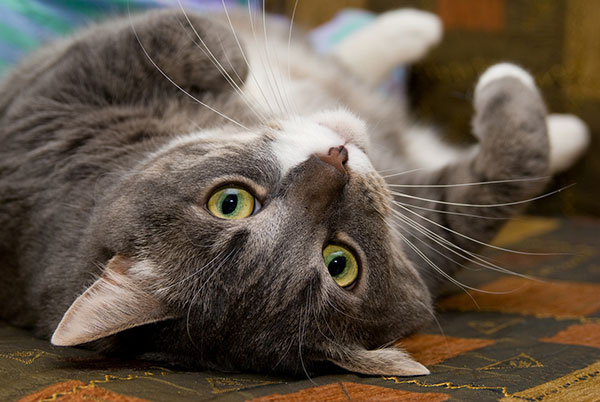Moving can be a big and often stressful event for every member of the family – and this includes your pets. When transitioning from one home to another, don’t forget to look after the needs of Fluffy and Fido. Here are a few tips to help make the process easier:
Before you move:
Before you move, you want to do a bit of research on how life with a pet is going to be in your new digs. Ask your current vet if he knows and can recommend a vet in the area you are moving to. If not, you’ll have to look around on your own.
You’ll also want to find out about available dog parks and contact the municipality about pet licensing and by-laws.
During transition:
The act of packing up and moving can cause a lot of commotion for even the human members of your family. So imagine how it must feel for your pet!
To ease them into it, a good idea is to set out your moving boxes a few days before you actually start packing them, so that your pet is used to seeing them. If your cat or dog is not used to travelling in a crate (and needs to for the move), you should also do your best to acclimatize them to it as well.
Open houses:
These can be especially tricky for families with pets. You may love your pet like one of your children, but to a potential buyer, pets often mean dirt and damage – and a lower home value. The best thing you can do to ensure you get the best possible price for your home is to remove your pet and all traces of the little darling before your first open house. It sounds harsh, but it’s the truth.
Consider having a friend or neighbour look after them once you start showing your home or sending them to a kennel.
If this is out of the question, then at minimum you should take the following steps before potential buyers start coming through your home:
- No pictures that include pets should be posted on your MLS listing.
- Litter boxes should be kept out of sight and very clean.
- Keep bowls, doggie beds, squeak toys and the like out of sight.
- Hire professional cleaners to remove any pet stains from carpets.
- Have someone who doesn’t live in your home come over and do a sniff test to see if there are any pet odours. If there are, try to remove them with an enzyme cleaner. (Avoid air fresheners as these may cause allergic reactions for some people).
After your move:
Moves are most stressful on cats since they are territorial animals. To help your cat transition, keep them in a separate room with the door closed while your belongings are being loaded into the house. It’s also wise to keep your cat indoors for at least a couple of weeks.
If you see strange cats in your yard, chase them away to help your cat establish its territory.
Dogs seem to adjust easier to moves but can still use a bit of help. Take them on frequent walks to help them get used to their new neighbourhood. But don’t plan these walks to end just before you have to go somewhere. Remember, the idea is to make the whole experience a positive one.



